Stocks on shaky ground with hawkish Fed script

Volatility gripped the stock market as unsurprising remarks from Jerome Powell and his colleagues did little to alter bets on another supersized rate hike during the Federal Reserve’s September gathering.
In the final 15 minutes of trading, the S&P 500 extended its advance to close above 4,000 for the first time since late August – pushing further away from a level seen by chartists as critical for short-term direction.
The benchmark swung between gains and losses all day as the Fed’s boss reprised his hawkish views from the Jackson Hole, Wyoming, confab in August, saying officials are strongly committed to their fight against inflation.
A selloff in treasuries sent the yield on the policy-sensitive two-year note up seven basis points to 3.5%. Swap traders priced a roughly 4-in-5 chance that Fed officials will implement a 75-basis-point hike this month.
Powell said the central bank won’t flinch in its efforts to curb inflation “until the job is done.
“We need to act now, forthrightly, strongly as we have been doing,” he noted at a Cato Institute’s conference. “It is very important that inflation expectations remain anchored,” adding that “what we hope to achieve is a period of growth below trend, which will cause the labor market to get back into better balance.”
Separately, Fed Bank of Chicago President Charles Evans said “we could very well do 75 in September,” while adding that he’s “open minded.” His St. Louis counterpart James Bullard noted that bringing inflation back down to the 2% target is the “top priority.”
“Fedspeak has once again injected volatility into the rangebound environment,” wrote Julian Emanuel, chief equity and quantitative strategist at Evercore. “Powell’s view that the ‘clock is ticking’ on intolerably high inflation expectations becoming part of the American consumer’s behavioral norm.”
To Michael Gapen at Bank of America Corp., the September Fed meeting may still be a “game-time decision.”
Should next week’s consumer inflation data surprise to the downside, that could open the door to a smaller rate increase. Still, the economist says it’s more likely than not that the Fed will deliver a 75-basis-point hike.
European bonds slid after the region’s central bank said it would temporarily remove a zero percent cap for remunerating government deposits. That reduces the incentive to shift billions of euros of public money from cash into short-term debt.
Officials are prepared to deliver another jumbo rate increase at their October meeting if the inflation outlook warrants an additional big step, according to people familiar with the debate.
Seasoned investors, staring at a world clouded by war, inflation and economic uncertainty, are buying catastrophe insurance at a record clip.
Institutional traders paid a total of $8.1 billion to initiate purchases of equity puts last week, the highest premium in at least 22 years, Options Clearing Corp. data compiled by Sundial Capital Research show.
Adjusted for market capitalization, demand for hedges matches levels from the 2008 financial crisis.
U.S. stocks could slide a further 25% if the economy tips into recession, with risks to a sustained equity rally mounting, according to Deutsche Bank AG strategists.
With company profits set to drop, valuations still high and economic risks looming, the fundamental picture is challenging, strategists led by Binky Chadha wrote in a note dated Wednesday. Their base-case scenario still sees shares rising by year-end.
The recent equity selloff has left beaten-down smallcaps at the cheapest levels compared with their larger counterparts in nearly two decades, according to Bank of America.
The group’s valuations could offer evidence of a stock bottom since historically, broader markets don’t bounce higher until smallcaps bottom.
“Very elevated valuation dispersion within the Russell 2000 overall – which can suggest more opportunity for stock selection – is also supportive for value near-term,” wrote Jill Carey Hall, equity and quantitative strategist at the firm.
On the economic front, applications for U.S. unemployment insurance fell for a fourth straight week to the lowest since May, suggesting demand for workers remains healthy despite an uncertain economic outlook.
Meanwhile, mortgage rates climbed for the third week in a row, reaching the highest level since 2008 and squeezing affordability as the housing slowdown deepens.